Regions of Honduras, located in Central America, is a country known for its diverse landscapes, rich cultural heritage, and historical significance. The country is divided into 18 departments, each contributing to the tapestry of Honduras in its own unique way. In this comprehensive overview, we will delve into the provinces, their capitals, and the distinctive features that make Honduras a captivating and multifaceted destination.
1. Atlántida
Capital La Ceiba
Highlights
– Pico Bonito National Park A biodiversity hotspot with lush rainforests, waterfalls, and diverse wildlife.
– Utila A Caribbean island known for its vibrant coral reefs and excellent diving opportunities.
2. Choluteca
Capital Choluteca
Highlights
– Choluteca Cathedral A historic cathedral in the city showcasing colonial architecture.
– Gulf of Fonseca A coastal area with picturesque landscapes and opportunities for fishing.
3. Colón
Capital Trujillo
Highlights
– Fortress of Santa Bárbara A historic fortress with panoramic views of the Caribbean Sea.
– Cayos Cochinos A group of small islands with coral reefs, ideal for snorkeling and relaxation.
4. Comayagua
Capital Comayagua
Highlights
– Comayagua Cathedral A colonial cathedral with the oldest clock in the Americas.
– El Despertar de Otoro A cultural and historical complex showcasing indigenous heritage.
5. Copán
Capital Santa Rosa de Copán
Highlights
– Copán Archaeological Site A UNESCO World Heritage site with Mayan ruins and intricately carved stelae.
– Luna Jaguar Spa A natural hot spring and spa surrounded by tropical gardens.
6. Cortés
Capital San Pedro Sula
Highlights
– Parque Nacional Cusuco A national park with cloud forests, waterfalls, and diverse ecosystems.
– Museum of Anthropology and History Located in San Pedro Sula, it features artifacts from Honduras’s pre-Columbian past.
7. El Paraíso
Capital Yuscarán
Highlights
– Yuscarán A colonial town with well-preserved architecture, cobbled streets, and artisan shops.
– Montaña de Santa Bárbara A mountain with hiking trails and panoramic views.
8. Francisco Morazán
Capital Tegucigalpa
Highlights
– National Autonomous University of Honduras (UNAH) The largest and oldest university in Honduras, located in Tegucigalpa.
– La Tigra National Park A protected area with cloud forests, diverse wildlife, and hiking trails.
9. Gracias a Dios
Capital Puerto Lempira
Highlights
– Río Plátano Biosphere Reserve A UNESCO World Heritage site with tropical rainforests, rivers, and indigenous communities.
– Mosquito Cays A group of small islands with pristine beaches and coral reefs.
10. Intibucá
Capital La Esperanza
Highlights
– Parque Nacional Celaque Home to Cerro Las Minas, the highest peak in Honduras, and a cloud forest ecosystem.
– Grutas de Lagoa A cave system with impressive stalactites and stalagmites.
11. Islas de la Bahía
Capital Roatán
Highlights
– Roatán A popular Caribbean island known for its white sandy beaches, coral reefs, and water activities.
– Guanaja Another island in the archipelago with diverse marine life and pristine landscapes.
12. La Paz
Capital La Paz
Highlights
– Cerro de Hula A mountain with hiking trails and panoramic views of the surrounding countryside.
– La Paz Waterfall Gardens A natural attraction with waterfalls, gardens, and wildlife exhibits.
13. Lempira
Capital Gracias
Highlights
– Fortaleza de San Cristóbal A historic fortress with strategic views over Gracias.
– Celaque National Park Encompassing the Sierra de las Minas mountain range, it offers diverse ecosystems and hiking opportunities.
14. Ocotepeque
Capital Ocotepeque
Highlights
– Monte Ocotepeque A mountain with diverse flora and fauna, ideal for hiking.
– Grutas de Talgua Cave formations with pre-Columbian skeletons, providing insights into ancient cultures.
15. Olancho
Capital Juticalpa
Highlights
– Patuca River One of the longest rivers in Central America, offering opportunities for rafting and exploration.
– Warunta Archaeological Site Ruins from the Lenca civilization, providing historical insights.
16. Santa Bárbara
Capital Santa Bárbara
Highlights
– Celaque National Park Extending into Santa Bárbara, this park is known for its cloud forests and diverse ecosystems.
– Gracias a Dios Cathedral A historic cathedral in Santa Bárbara showcasing colonial architecture.
17. Valle
Capital Nacaome
Highlights
– Gulf of Fonseca A coastal area with picturesque landscapes and opportunities for fishing.
– Choluteca Bridge A historic bridge over the Choluteca River, connecting Valle with Choluteca.
18. Yoro
Capital Yoro
Highlights
– Lago de Yojoa The largest lake in Honduras, surrounded by lush landscapes and birdwatching opportunities.
– Cueva de Taulabé A limestone cave system with impressive formations.
Overview of Provinces and Capitals:
1. Atlántida
Atlántida, with La Ceiba as its capital, is a coastal department with a blend of natural beauty and vibrant culture. Pico Bonito National Park is a biodiversity hotspot, offering opportunities for eco-tourism and adventure. The island of Utila, part of the Bay Islands, is a renowned destination for diving enthusiasts, showcasing the vibrant underwater world of the Caribbean.
2. Choluteca
Choluteca, known for its historical cathedral and coastal landscapes, is a department with a mix of cultural and natural attractions. The Gulf of Fonseca provides scenic coastal views, and Choluteca Cathedral stands as a testament to the region’s colonial history.
3. Colón
Colón, with Trujillo as its capital, features historical landmarks and Caribbean charm. The Fortress of Santa Bárbara offers panoramic views of the Caribbean Sea, and the Cayos Cochinos provide a tropical escape with coral reefs and pristine beaches.
4. Comayagua
Comayagua, centered around the colonial city of Comayagua, boasts historical and cultural richness. The Comayagua Cathedral, with its ancient clock, reflects
the city’s colonial past. El Despertar de Otoro is a cultural complex preserving indigenous heritage and traditions.
5. Copán
Copán, with Santa Rosa de Copán as its capital, is synonymous with Mayan history and archaeology. The Copán Archaeological Site, a UNESCO World Heritage site, showcases intricately carved stelae and structures. Luna Jaguar Spa offers a natural retreat with hot springs amid tropical surroundings.
6. Cortés
Cortés, with San Pedro Sula as a major economic hub, features natural wonders and cultural attractions. Parque Nacional Cusuco is a haven for biodiversity, and the Museum of Anthropology and History in San Pedro Sula provides insights into Honduras’s pre-Columbian past.
7. El Paraíso
El Paraíso, with Yuscarán as its capital, is characterized by its colonial charm and natural beauty. Yuscarán, a colonial town with artisan shops, preserves its architectural heritage. Montaña de Santa Bárbara offers hiking trails and panoramic views of the surrounding landscapes.
8. Francisco Morazán
Francisco Morazán, centered around Tegucigalpa, the capital of Honduras, is the country’s political and cultural heart. The National Autonomous University of Honduras (UNAH) in Tegucigalpa is a center of education and knowledge. La Tigra National Park, with cloud forests and hiking trails, provides a natural escape near the capital.
9. Gracias a Dios
Gracias a Dios, with Puerto Lempira as its capital, is a remote and ecologically rich region. The Río Plátano Biosphere Reserve, a UNESCO World Heritage site, is a vast area of tropical rainforests, rivers, and indigenous communities. The Mosquito Cays offer pristine beaches and coral reefs.
10. Intibucá
Intibucá, with La Esperanza as its capital, is characterized by its mountainous landscapes and cultural heritage. Parque Nacional Celaque, encompassing Cerro Las Minas, the highest peak in Honduras, provides opportunities for hiking and exploration. Grutas de Lagoa is a cave system with impressive stalactites and stalagmites.
11. Islas de la Bahía
Islas de la Bahía, with Roatán as its capital, is an archipelago in the Caribbean known for its stunning beaches and coral reefs. Roatán, a popular tourist destination, offers water activities and a vibrant island atmosphere. Guanaja, another island in the archipelago, provides a more secluded and pristine experience.
12. La Paz
La Paz, with its eponymous capital, is a department known for its natural beauty and tranquility. Cerro de Hula, a mountain with panoramic views, and La Paz Waterfall Gardens, a natural attraction with waterfalls and wildlife exhibits, showcase the region’s diverse landscapes.
13. Lempira
Lempira, with Gracias as its capital, is a department rich in historical and natural attractions. Fortaleza de San Cristóbal, a historic fortress, offers strategic views over Gracias. Celaque National Park, extending into Lempira, features cloud forests and diverse ecosystems.
14. Ocotepeque
Ocotepeque, with its eponymous capital, features natural wonders and archaeological sites. Monte Ocotepeque, a mountain with diverse flora and fauna, is ideal for hiking. Grutas de Talgua, a cave system with pre-Columbian skeletons, provides insights into ancient cultures.
15. Olancho
Olancho, with Juticalpa as its capital, is known for its natural landscapes and historical sites. The Patuca River, one of the longest rivers in Central America, offers opportunities for rafting and exploration. Warunta Archaeological Site features ruins from the Lenca civilization, contributing to the region’s historical significance.
16. Santa Bárbara
Santa Bárbara, with Santa Bárbara as its capital, is a department with natural and cultural attractions. Celaque National Park, extending into Santa Bárbara, is known for its cloud forests and diverse ecosystems. The Gracias a Dios Cathedral in Santa Bárbara showcases colonial architecture.
17. Valle
Valle, with Nacaome as its capital, is a coastal department known for its landscapes and historical sites. The Gulf of Fonseca provides picturesque coastal views, and the Choluteca Bridge is a historic structure connecting Valle with Choluteca.
18. Yoro
Yoro, with its eponymous capital, is a department with diverse natural attractions. Lago de Yojoa, the largest lake in Honduras, offers lush landscapes and birdwatching opportunities. Cueva de Taulabé, a limestone cave system, features impressive formations.
Conclusion:
Honduras, with its 18 departments and diverse landscapes, invites travelers on a journey of cultural discovery and natural exploration. From the archaeological wonders of Copán to the pristine beaches of Roatán, and from the historic charm of Comayagua to the biodiverse rainforests of Gracias a Dios, each region contributes to the rich tapestry of Honduras.
As Honduras continues to preserve its cultural heritage, protect its natural wonders, and welcome visitors from around the world, the departments and their capitals play a crucial role in shaping the country’s narrative. Whether exploring the Mayan ruins of Copán, diving in the crystal-clear waters of Utila, or experiencing the colonial ambiance of Yuscarán, Honduras offers a diverse and captivating array of experiences for those eager to explore its beauty and history.


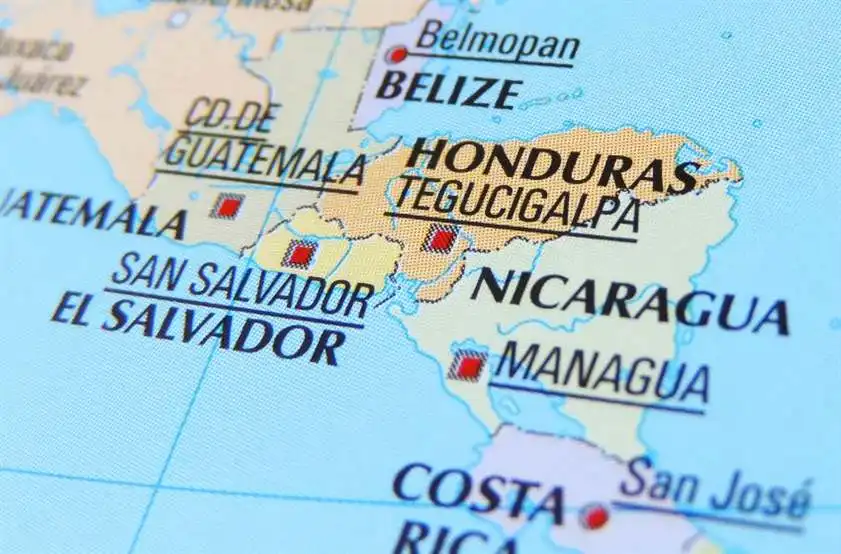
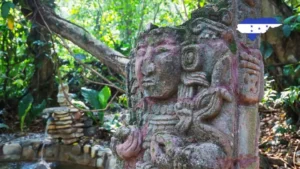





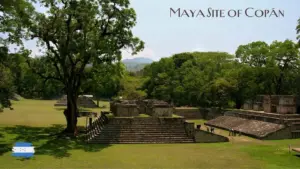
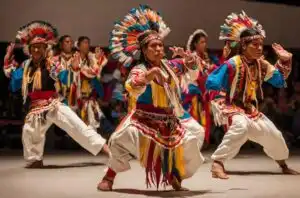
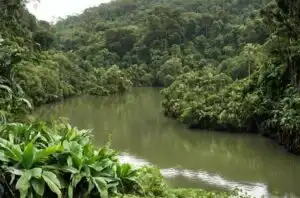
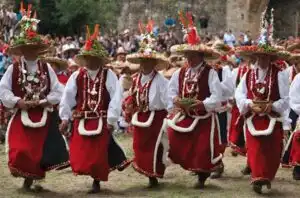
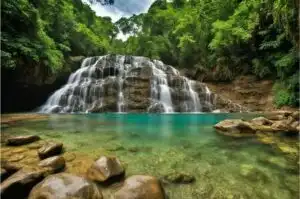
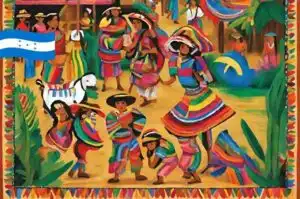


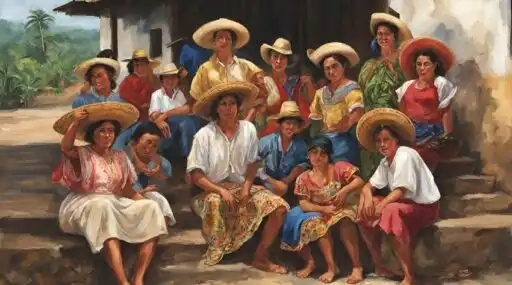


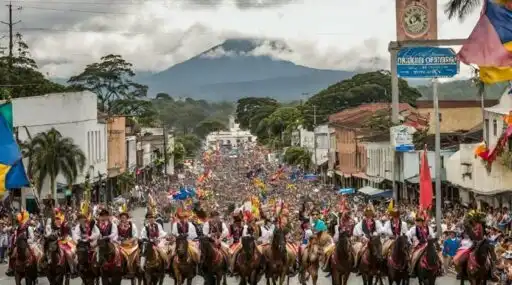

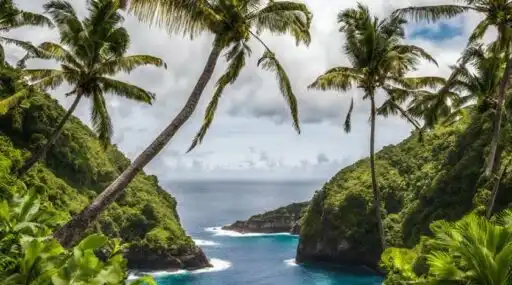

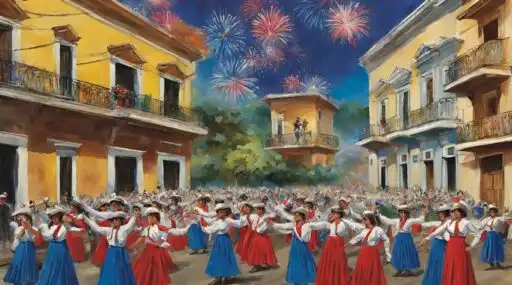

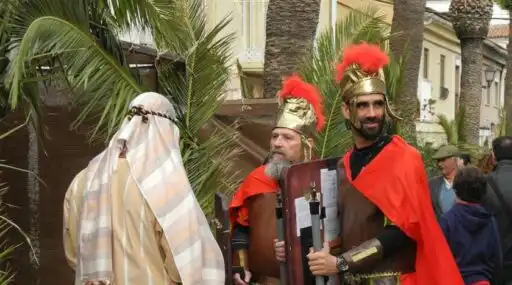



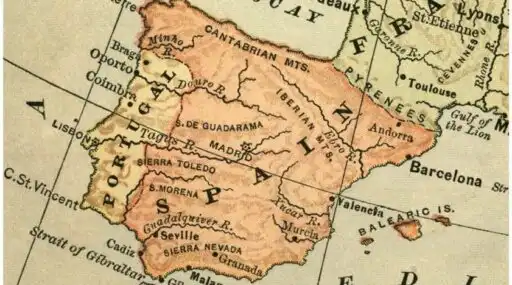



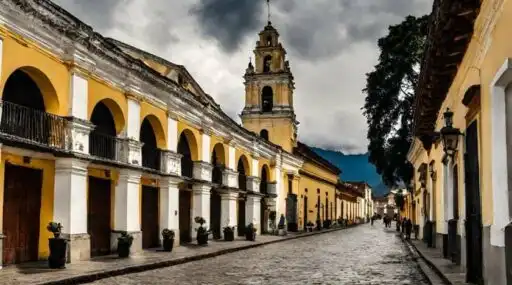




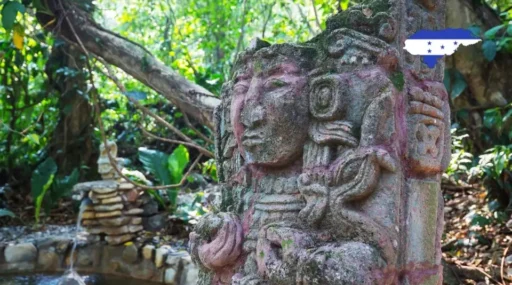




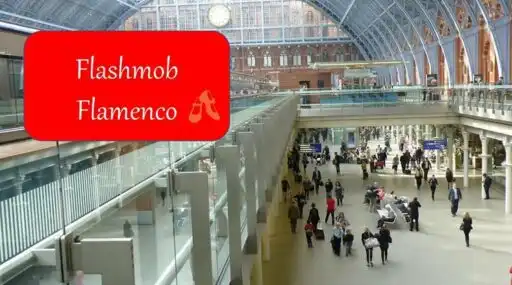

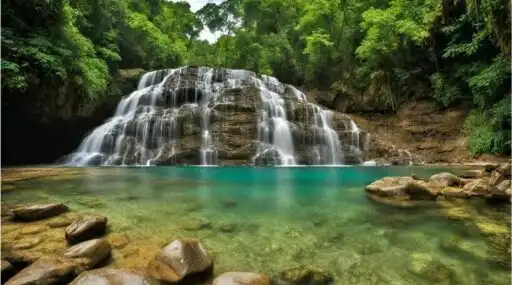
Leave a Reply